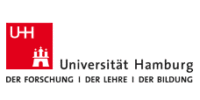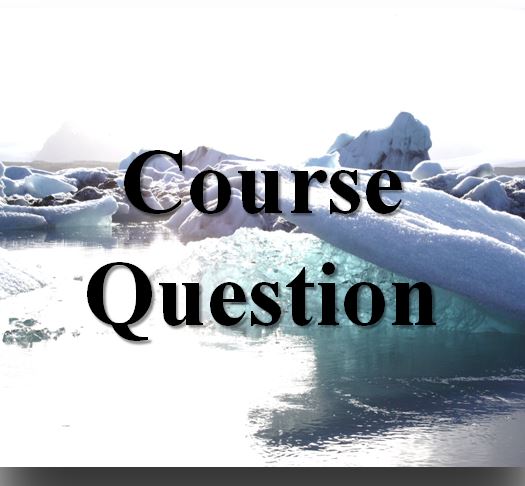To play a role. Uncertainties as independent actors entering the stage. What are the other roles? Who else is on the stage? Who is the director of the play?
Uncertainties first entered the stage when the 2-degree-limit was set as a policy-informed decision on how to prevent dangerous climatic change. It was a decision of what was politically and economically feasible, and still within a certain range estimated not to be completely devastating. The temperature limit is a mirror of global political power distribution. Who has the power of defining “dangerous” climate change? By looking at the target it is clear that it was not the Small Island States.
As the goal was set, science had to respond to it. Maybe, if it hadn’t been for others to define “dangerous” climate change, a different target with less uncertainty would have been formulated. But now it opened up a whole new world of unknowns, a perfect grazing ground for research.
For most natural scientists the uncertainties of the 2-degree-limit, e.g. the likelihood of a certain carbon budget not to surpass the limit, the consequences for extreme events and tipping elements when reaching the threshold, as well as the regional inhomogeneous distribution of a global mean temperature, were uncertainties related to most scientific research. Communicating those uncertainties is good scientific practice.
However, media as a mediator between experts’ knowledge and public awareness did not act uniformly but chose different roles: some tried to explain the scientific complexity resulting in uncertainties without curtailing the 2-degree-limit. Others simply omitted uncertainties because they were not understood or estimated too difficult to be perceived by the consumers. And then there were those that turned climate change and the 2-degree-target into a question of belief. For many scientists the uncertainties were in a range to still ‘believe’ in the limit. For some others the uncertainties made the target difficult to be accepted.
Instead of letting the precautionary principle act – any further degree of warming is “dangerous” – uncertainties were used to justify political and economic business as usual. Maybe, natural sciences were not completely innocent to this development. What happens if we surpass the target? might be the wrong question. How about: what happens if we warm another 0.1 degree globally, on average?
Inquiring minds that we are, we are interested in reducing the uncertainties related to the 2-degree-limit. Is this the role we assigned to them or is this the role they assigned to us?
Authors: comagy, didfaj, larmoe, musjav


Nice blog about the roles! In fact the uncertainty invovled entered the “play” long before the 2 degree target discussion. But here it becomes very obvious. And my own perception is that the uncertainty involved actually allowed many different stakeholders to agree to this seemingly firm target…
Looking forward to more interesting discussions!